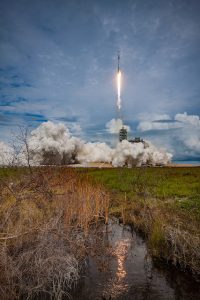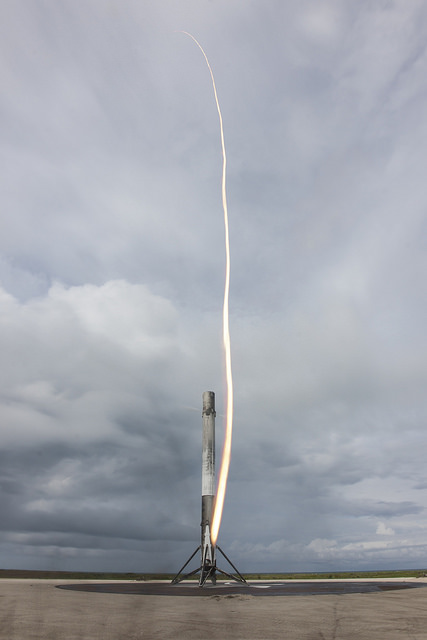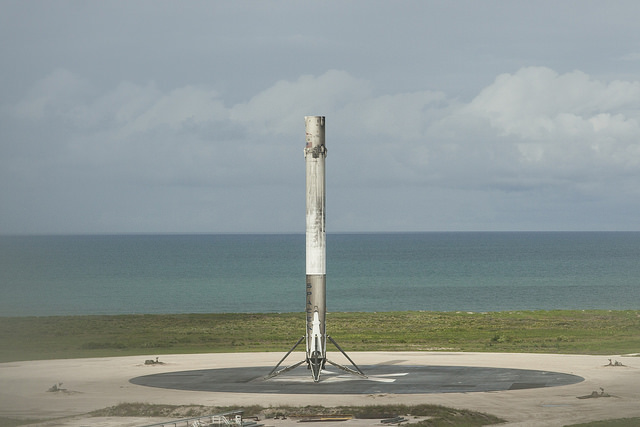
SpaceX launched its Dragon cargo craft to the International Space Station on June 3 on one of its Falcon9 rockets; it also landed the first stage rocket in Florida and shared landing photos with the public.
Known as CRS-11, the mission is part of SpaceX’s commercial contract with NASA to deliver cargo to the International Space Station (ISS.) The Dragon is bringing roughly 6,000 pounds of supplies, tools, and science to the astronauts on ISS that are there for Expeditions 52 and 53. The Dragon spacecraft will remain at the space station until approximately July 2, when it will return to Earth with research and return cargo in a splashdown in the Pacific Ocean, off the coast of Baja California. The Dragon successfully docked to the ISS on the morning of June 5.
Beyond basic supplies and tools, CRS-11 is bringing exciting new science to the ISS including ROSA, NICER, and SEXTANT.
ROSA, the Roll-Out Solar Array, is a joint Air Force / commercial technology experiment involving solar panels. Stored in the trunk of the Dragon, a robotic arm will remove and roll-out the panels once Dragon arrives at the USS. Rolling open like a window shade, scientists will study its durability in the extreme environment of space. After testing the deployment, durability, and retraction of the flexible array, the robotic arm will return it to the trunk of the Dragon. While the pressurized compartment of Dragon will return to Earth, the trunk will burn-up upon re-entry into the Earth’s atmosphere, taking the disposable array ROSA with it.
NICER is short for Neutron star Interior Composition Explorer. This scientific payload will study the physics of neutron stars, which are the stars left behind after supernova explosions.
SEXTANT, short for Station Explorer for X-Ray Timing and Navigation Technology, will explore whether pulsars can be used as natural beacons to help navigate spacecraft through the Solar System.

